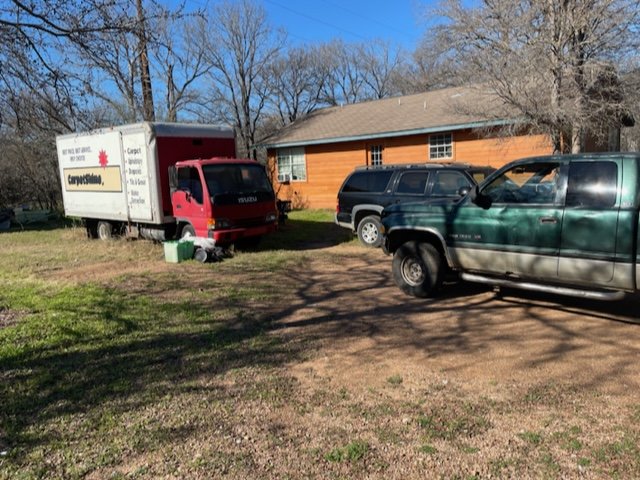We’re going home tomorrow. Sometimes it’s good to get away from the regular routine and look at some new views. Here are some activities that kept us entertained:
We went on an excursion, carried by bus to a huge park called Xcarret, where there were beach activities and water activities such as swimming with dolphins and sharks, though I think anybody who’d knowingly get in the water with a shark is a fool. There were a few animals to gawk at, like pumas, manatees, and sea turtles. The main attraction was a forty-five-minute swim/float in an underground river, which was indeed pleasurable. In three separate exhibitions, we inadvertently entered through the exit—the butterfly pavilion, the aviary, and the aquarium. This in no way detracted from the attractions other than us having to constantly apologize to the people coming toward us for going in the wrong direction. The huge park was efficiently run and, in a smug way, environmentally conscious. The restrooms were exceedingly clean and, while hardware isn’t usually the sort of thing someone pays attention to while peeing, I couldn’t help but notice that the hooks, locks, and hinges in the booths were remarkably substantial and expensive. So the takeaway here is that I went to a massive park and noticed bathroom fixtures.
About eating: We went to the grocery store on our first day and bought food for breakfasts and lunches; and we planned to dine out in the evenings. The concierge gave us a list of recommended restaurants that described ambience, cuisine, and dress codes. I was dismayed to find that several of the restaurants required “close-toed shoes only.” What? I’d never heard of this. Are toes offensive? Are we next supposed to pretend we don’t have them?
“I only brought sandals,” I told David as I pointed at the list. “We can’t go to this one or this one or this one.”
“Sure we can.” He’s always first in line to break a ridiculous rule. “Do you think someone’s examining feet at the door? They want our business. At any given time, the majority of women are wearing open-toed shoes.”
“We could be turned away. Going to one of them with my toes showing after I’ve been clearly told not to show my toes is inviting embarrassment.”
I felt that having an aversion to toe visibility was intolerant and autocratic and so, with David reluctantly agreeing, we withheld our patronage from those particular establishments. Even so, there were many others to choose from and we had several excellent meals.
Our visit to Isla Mujeres turned out to be a sequence of mishandled events. When we went to change money, David’s debit card was missing from his wallet. Not good, but not tragic. So we used mine only to learn that, though we received the cash, the card didn’t come out. Apparently there’s a “finished” button to push before you can get your card back, which is simply not the way we’re used to doing things. So David’s card was left in the machine until someone came along and finished the transaction, then probably threw the card away.
We bought ferry tickets at the resort, received instructions as to the location of the ferry, and got on the bus intending to get off at the designated stop; but none of the signs outside the bus coordinated with locations on the map. We ended up overshooting by miles and had to catch a cab, which meant we’d missed the ferry and had to wait an hour for the next one. Then, to our dismay, the island was unexpectedly cold and rainy. Not to be deterred, we bought sweatshirts and rented a golf card because that’s the standard way tourists get around. Were we thinking that the frame of the golf cart would keep us dry? Were we thinking that at our zippy speed we could outrun the rain? We got soaked. And what do most people do when they’re wet and cold? They get foot massages on the beach—so that’s what we did.
Tonight is our last night in Cancun and we’re going to Ilio, a Greek restaurant, for dinner. I’m looking forward to it because moussaka is one of my favorite dishes. On the other hand, it’s one of the closed-toe shoe places, so I’m stressed. If we’re denied service because my stubby toes are showing, I’ll let you know.
David at Mayan the Mayan ruins
Flamingos, pretty but stinky
In the aviary. Colorful birds always look beautiful.












